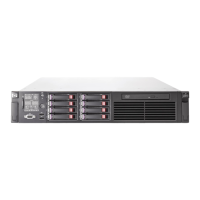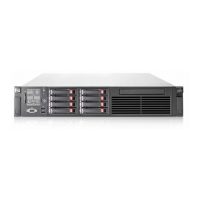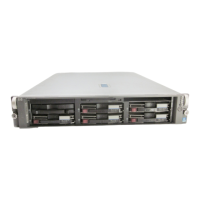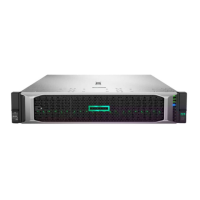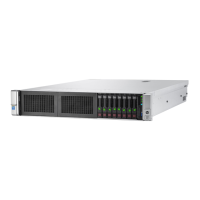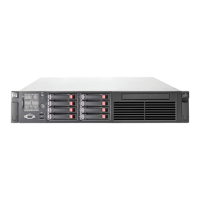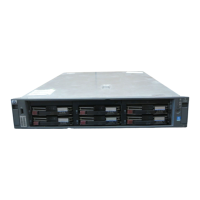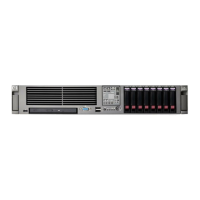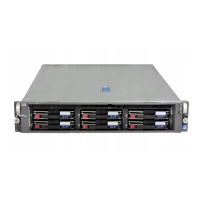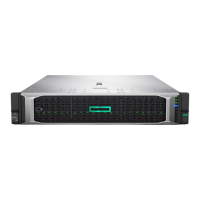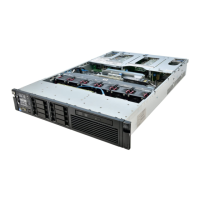Fibre Channel technology
Fibre Channel t
echnology provides low latency and high throughput capabilities. It uses either a serial
copper or fiber o
ptic link to connect the server with storage devices. Fiber o ptic technology allows for
storagetobel
ocated a maximum distance of up to 10 kilometers away from the attaching server. The
significant ad
vantage of Fibre Channel is its ability to connect redundant paths between storage and
servers. In ad
dition, Fibre Channel offers improved scalability due to several connection topologies.
Basic point-
to-point connections and loop and switch are topologies that add to the flexibility of server
and storage connections. For many enterprise environments, Fibre Channel is the technology serving
high-performance and mission-critical applications.
Serial ATA technology
Serial Advanced Technology Attachment (SATA) offers increased data rate per formance over its parallel
equivalent, EIDE, or also known as ATA. SATA transmits its signals serially compa red to the multiple
streams found in parallel technology. It moves data faster than parallel technology because it is not tied to
a p articular clock speed. Besides improving performance, it was d esigned to overcome the master/slave
configuration and maximum cable length limitations of parallel ATA technologies, while maintaining cost
efficiency. SATA allows for hot-swappable drives, lowering system down time risks. SATA is an ideal
solution for secondary storage in networked storage environments. It is not an appropriate solution
for storage environments serving enterprise applications requiring h igh p er formance, mission-critical,
and production environments.
Serial ATA versus SCSI and Fibre Channel disks
SCSI disk technology is the right choice for entry-level networked storage, as it offers the same advantages
that Fibre Channel disks provide for large enterprise disk arrays. In addition, it offers a simple migration
path from servers to SAN called direct attached storage (DAS) to SAN. The introduction of Serial ATA
technology offers a new way of storing data. Derived from the storage used in desktop PCs, its cheaper
compo
nents provide a much lower cost per megabyte than SCSI or Fibre Channel disks. However, as
acon
sequence, its levels of performance and reliability are also lower. That said, Serial ATA is not
intended as a replacement technology. SCSI and Fibre Channel remain bet ter choices for reliable,
high-performance application serving and storage. However, if you want c ost-effective storage for
infrequently accessed data—such as data repositories or reference information—then Serial ATA is
a good choice.
Tiered storage environments
In a tiered storage environment, you can match your data to storage that has an appropriate level of
performance and availability—giving you a lower cost of ownership without any negative impact on your
business. Here’s how it could work in a typical d isk -to-disk-to-tape environment:
• Data with the highest requirements is stored in the first tier, on the SCSI or Fibre Channel disks.
• The second tier stores near-online or infrequently accessed data (such as disk-to-disk backup
copies) on Serial ATA disks.
• The third tier comp rises tape-based backup copies or data archived on optical media.
18
The HP storage server solution
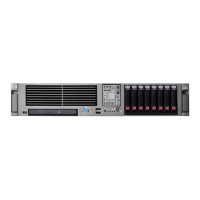
